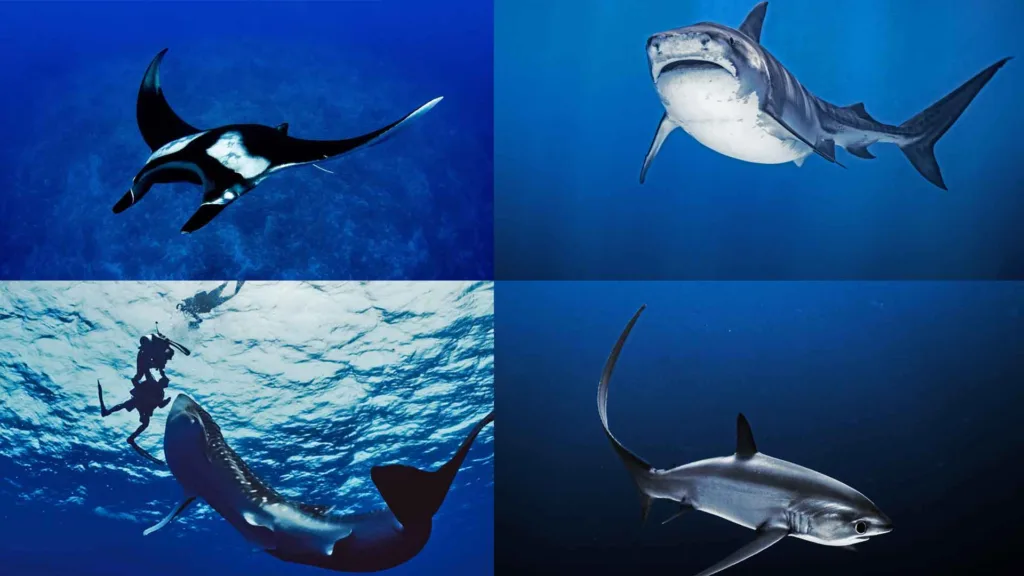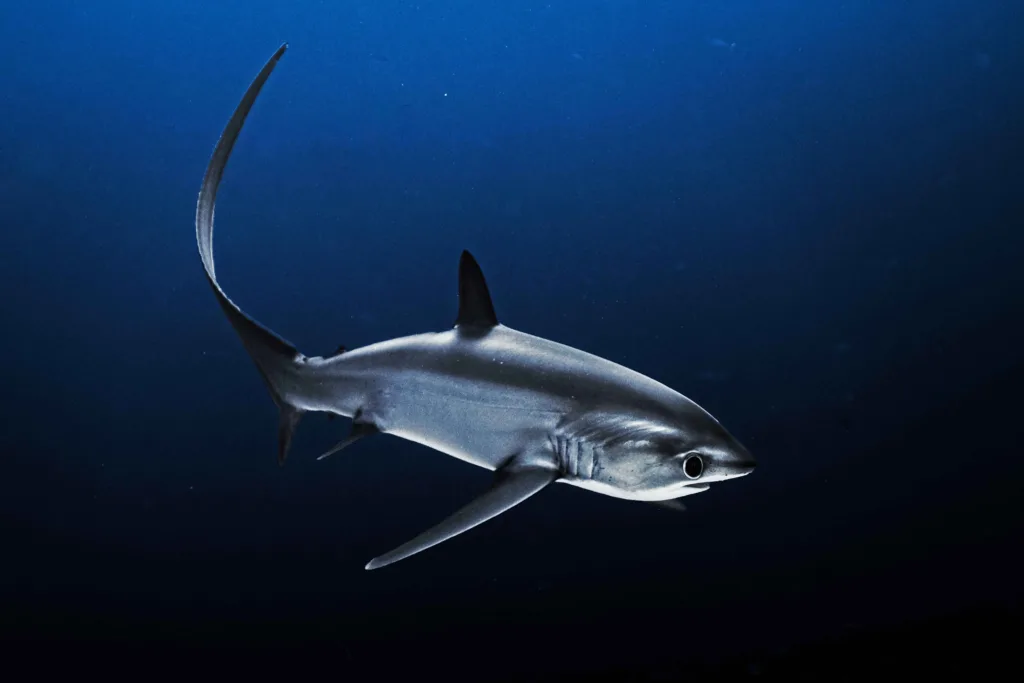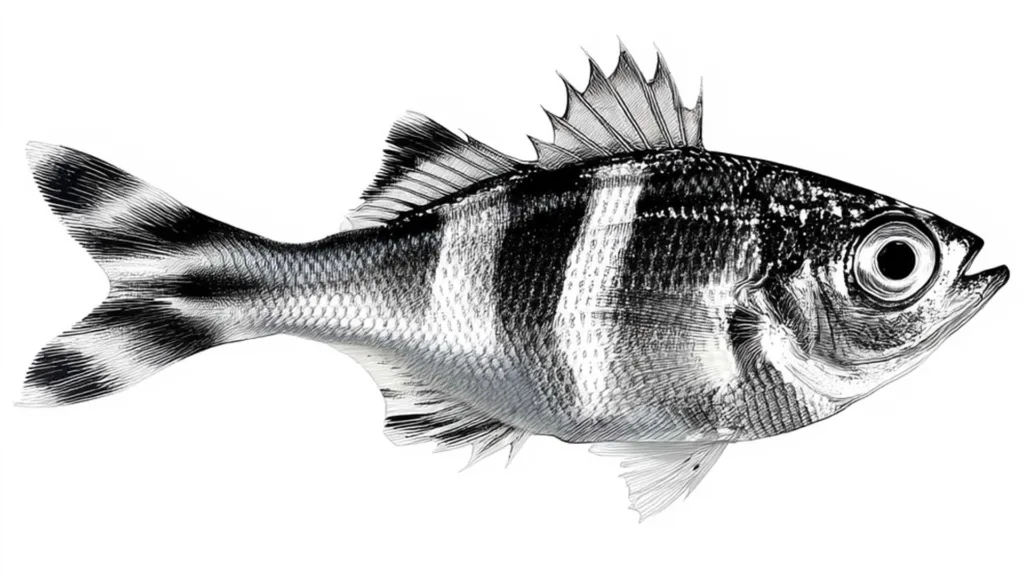
My friend Ali Mohamed, also known as Baret, from Fuvahmulah, left a comment on Facebook that inspired me to write this article. His comment or message addressed how we should proceed with tourism on our island, Fuvahmulah. I’ve written numerous articles about Fuvahmulah, its unique beauty, and the species that inhabit our ecosystem. This article, with a touch of tradition and folklore, compiles a list of the iconic pelagic species that live in the Fuvahmulah Sea.
The ancient history and folklore of our island, Fuvahmulah, tell us about the various species that live in our sea. Legends abound regarding the many fish species that inhabit the waters surrounding our island. These stories show us that these species have been guarding the sea for generations.

The ray is one such species that our forefathers identified. In our tradition and folklore in the Maldives, we have heard many fishermen ask for the assistance of sorcerers regarding large species of rays and sharks near traditional fishing vessels. They lamented that the unexpected presence of certain species, especially the ray, hinders their fishing. But these are mythical beliefs.
Pelagic species are part of the ocean’s ecosystem. The Fuvahmulah sea is home to the oceanic manta ray. The atoll of Fuvahmulah is a single island that spans a deep sea and has no neighbouring islands. Scientific reports and the presence of these magnificent species have now confirmed that the oceanic topography differs, resulting in the aggregation of some of these species.
Tiger sharks, whale sharks, oceanic mantas, hammerhead sharks, and thresher sharks are among the most iconic species. These are creatures that inhabit relatively deep waters and reach cleaning stations that are easily visible to divers. Other species, such as whale sharks and thresher sharks, ascend to the upper water column and the surface as well. The thresher shark can be seen leaping out of the water to rid itself of parasites or simply to demonstrate its acrobatic strength.
Tourism brought these species to light. Our folklore and tradition long ago described these apex predators. Tiger sharks were captured in ancient times. Whale sharks and oceanic mantas, on the other hand, were not popular among Maldivians in terms of fisheries and livelihood. Our fishermen did not particularly like the regal thresher shark for its meat.
This creature is known for its unique tail. When fishermen were out at sea with their strong fishing lines, these majestic creatures whipped their tails on the bait, sending the fishermen into a frenzy as if a good catch, such as a yellowfin tuna, had struck. However, these beautiful species made their first strikes on baitfish or prey to tease or kill them. It is not a folktale, but rather an extraordinary experience that our fishermen have had for generations: the tail of a thresher shark hitting their bait fish or bait. They were aware that these attacks were caused by regel thresher sharks. The Farikede area, Thoondu, and the entire northeastern side of the island are ideal habitats for these remarkable species. Additionally, the northwestern side of the island (Neregando and Dhadimago Fanno area) is also a hotspot for these beautiful creatures.
Barracudas are found almost everywhere. When we dive underwater to catch octopus, these swift predators remain stationary about 10 to 30 feet away from the island. Whitetip sharks, grey reef sharks, and silvertip sharks are common sightings around the island. One of Fuvamulah’s signature fish is yellowfin tuna. When the ocean calls, the island becomes home to this species. The northern and southeastern regions of Fuvahmulah are visible areas around the island’s sea. In the northern region, near Neregando Beach, you can spot them leaping out of the water, approximately 100 to 300 feet from the reef edge.
Snapper species seek refuge and hunt small fish throughout the island, on the fore reef, and beyond. Giant trevally, rainbow runners, dogtooth tuna, skipjack tuna, and jackfish live in the magnificent island sea. Release a Rapala or a live mackerel scad on a fishing line and sail through the drop-off area around Fuvahmulah in a fishing vessel to see a sailfish leap out of the water when it strikes this lure or bait. Fuvahmulah is truly unique, and it is the oceanic capital of pelagic adventures. These majestic creatures not only depict folklore, but they also represent our rich culture and tradition, and they have guarded our seas for generations.




